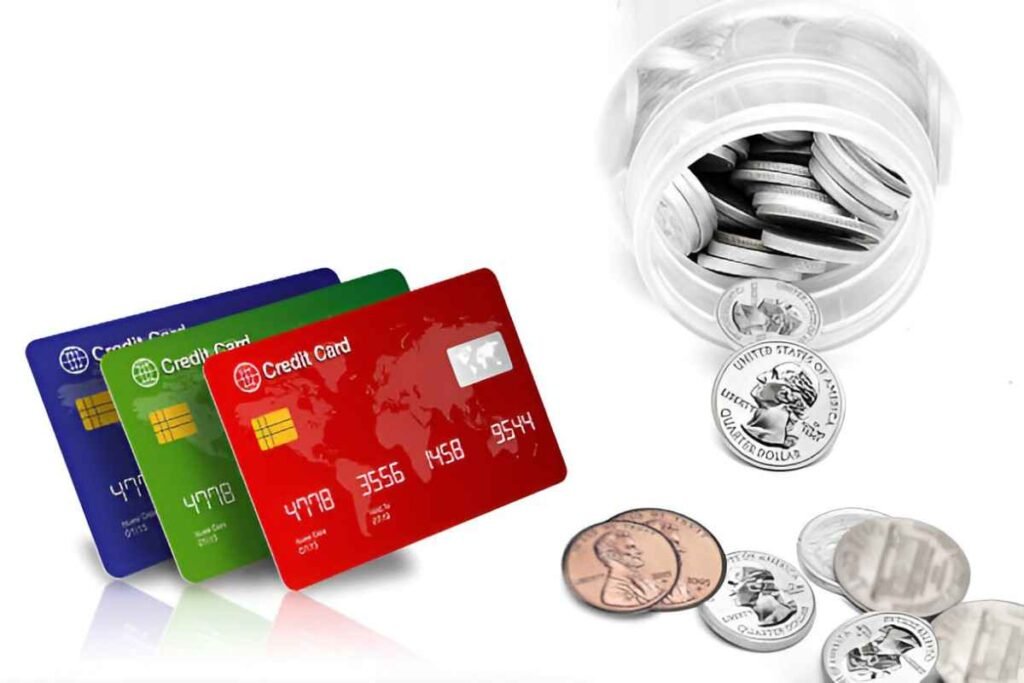Credit cards with no annual fees attract many people, and for good reason. They offer financial flexibility without the recurring cost of an annual fee. But are they always the best option? Let me walk you through what I have learned about $0 annual fee credit cards, their benefits, potential drawbacks, and how to choose the right one for your needs.
Table of Contents
Understanding $0 Annual Fee Credit Cards
A $0 annual fee credit card means you won’t pay a yearly charge to keep the account open. Many people, especially those new to credit cards, prefer these options because they can help build credit without additional costs. However, they often come with trade-offs that you should consider.
Key Features of No Annual Fee Credit Cards
Here are the primary features you can expect from most no-annual-fee cards:
- Lower Rewards Potential: While some offer rewards, they typically earn less than premium cards.
- Basic Benefits: You might not get travel perks or extensive purchase protections.
- Higher Interest Rates: Many have higher APRs compared to cards with fees.
- Limited Credit Limits: Issuers may offer lower initial credit limits.
Comparing $0 Annual Fee Credit Cards
Choosing the right no-annual-fee card depends on how you plan to use it. I’ve compared some popular options below to help illustrate the differences.
| Credit Card | Rewards Program | APR Range | Introductory Offers | Additional Perks |
|---|---|---|---|---|
| Card A | 1.5% cash back | 16-24% | 0% intro APR for 12 months | Fraud protection |
| Card B | 2% on groceries | 18-26% | $200 welcome bonus | Travel accident insurance |
| Card C | 1% cash back | 14-22% | None | Extended warranty |
This table highlights some key differences in what these cards provide. Some offer introductory bonuses or perks like travel protection, while others focus purely on cash back.
Benefits of No Annual Fee Credit Cards
I find these cards helpful in several situations. If you’re looking to build credit without incurring extra costs, they can be a smart option. Some benefits include:
- No Cost for Ownership: Keeping the card open helps your credit age without ongoing fees.
- Great for Occasional Use: If you don’t use credit frequently, you won’t feel pressured to maximize rewards.
- Emergency Access: Having a credit card with no cost ensures you have credit available when needed.
Potential Drawbacks
Despite the advantages, there are a few downsides to consider.
- Limited Reward Structures: You might miss out on premium rewards compared to fee-based cards.
- Fewer Travel Benefits: No airport lounge access, trip insurance, or concierge services.
- Higher Interest Rates: If you carry a balance, the cost can outweigh the benefits.
To illustrate this, consider the following calculation:
Example: Suppose you have a card with no annual fee but a 20% APR. If you carry a $1,000 balance for a year without making payments, you’ll owe an additional $200 in interest.
Comparatively, a card with a $95 annual fee but a 14% APR might cost you only $140 in interest on the same balance.
When a No-Annual-Fee Card Makes Sense
I recommend these cards in the following scenarios:
- You Pay Balances in Full: If you never carry a balance, high interest rates won’t affect you.
- You Want to Build Credit: Opening and maintaining a no-annual-fee card can improve your credit utilization and length of credit history.
- You Have Multiple Cards: If you already own premium cards, adding a no-annual-fee option can help diversify your spending.
How to Choose the Right No-Annual-Fee Card
When selecting a card, focus on the following aspects:
- Your Spending Habits: Choose rewards that align with your expenses.
- Interest Rates: If there’s a chance you might carry a balance, a lower APR is crucial.
- Additional Perks: Look for fraud protection, warranty extensions, or other useful features.
Here’s a simplified guide to choosing:
| Your Priority | Recommended Feature |
|---|---|
| Travel Rewards | No-annual-fee card with miles |
| Cash Back | High rewards on everyday spending |
| Building Credit | Simple card with no frills |
How $0 Annual Fee Cards Compare to Fee-Based Cards
To get a better sense of whether a no-annual-fee card is right for you, consider the following comparison:
| Feature | No Annual Fee Cards | Fee-Based Cards |
|---|---|---|
| Rewards | Lower | Higher |
| Travel Perks | Minimal or none | Extensive |
| Interest Rates | Generally higher | Lower |
| Credit Limits | Lower | Higher |
| Best For | Occasional users | Frequent spenders |
Maximizing a No-Annual-Fee Credit Card
Even though these cards have limitations, there are ways to maximize their value:
- Use for Recurring Bills: This keeps the card active and builds payment history.
- Pair with Other Cards: Combining multiple cards can help cover different spending categories.
- Monitor Offers: Occasionally, issuers provide limited-time bonuses or increased rewards.
My Final Thoughts
No-annual-fee credit cards provide value for those who prioritize cost savings and simplicity. They work well if you pay balances in full and don’t need extensive perks. However, if you spend heavily and travel often, a fee-based card could offer more overall value.
Before applying, evaluate your spending habits and financial goals. A $0 annual fee card might just be the perfect fit—or it could leave you missing out on valuable rewards.





